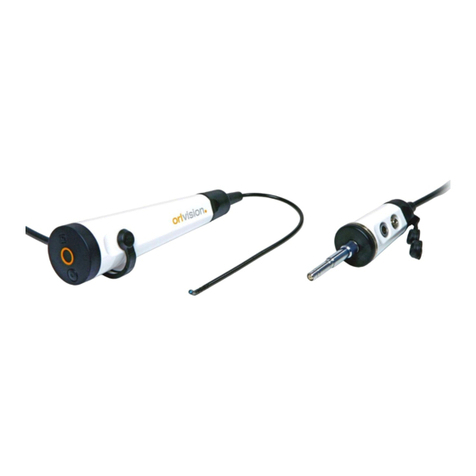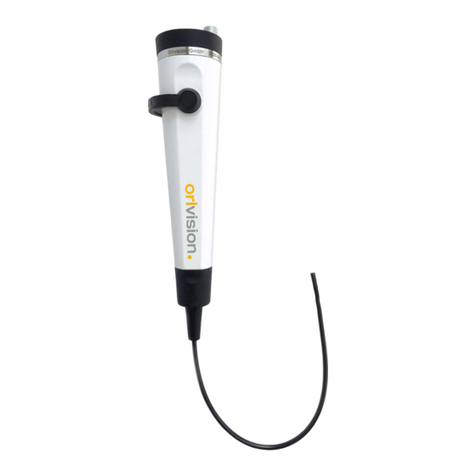
2
Content
1 Risks and hazard warnings ....................................................................................................................3
2 Intended use ...........................................................................................................................................5
3 Symbols used .........................................................................................................................................5
4 Functionality and application ..................................................................................................................6
4.1 Application .....................................................................................................................................6
4.2 Functionality...................................................................................................................................6
4.3 Notes on use..................................................................................................................................6
4.4 Scope of delivery ...........................................................................................................................7
5 Technical data, manufacturer and accessories .....................................................................................8
5.1 Technical data Rhino Laryngoscope FS2 .....................................................................................8
6 Manufacturer ..........................................................................................................................................9
7 Swiss Representative .............................................................................................................................9
8 UK Authorised Representative ...............................................................................................................9
9 Recommended accessories ................................................................................................................ 10
10 Using the Rhino Laryngoscope ...................................................................................................... 11
10.1 Inserting, angling and withdrawing the insertion tube. ............................................................... 11
10.2 Ending the examination .............................................................................................................. 11
11 Cleaning, care and disinfection ...................................................................................................... 12
11.1 Manual procedures ..................................................................................................................... 12
11.1.1. Cleaning .............................................................................................................................. 12
11.1.2. Disinfection ......................................................................................................................... 12
11.1.3. Final rinse ........................................................................................................................... 12
11.2 Machine processes ..................................................................................................................... 13
11.2.1. Cleaning .............................................................................................................................. 13
11.3 Leak test ..................................................................................................................................... 14
11.4 Maintenance ............................................................................................................................... 15
12 Maintenance and repairs ................................................................................................................ 15
12.1 Maintenance ............................................................................................................................... 15
12.2 Return ......................................................................................................................................... 15
13 Reporting of serious incidents ........................................................................................................ 15





























